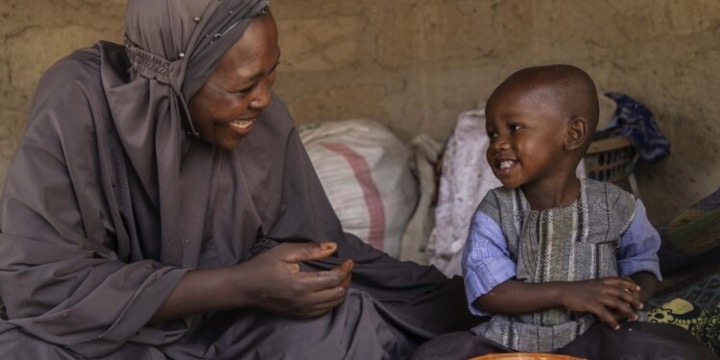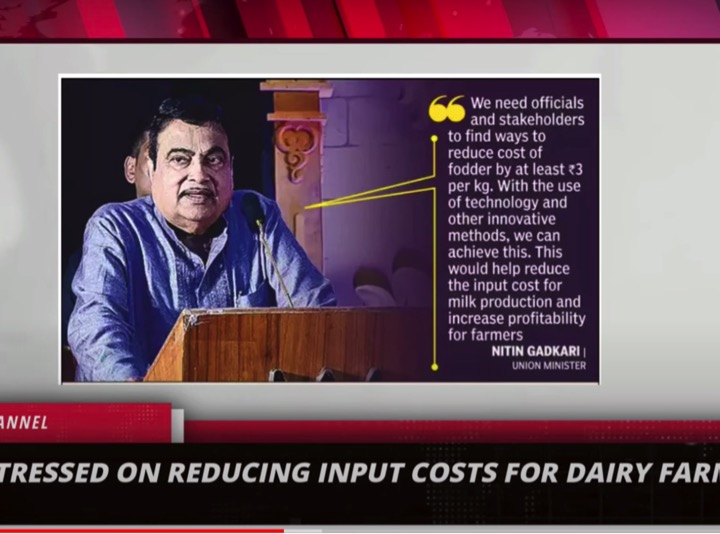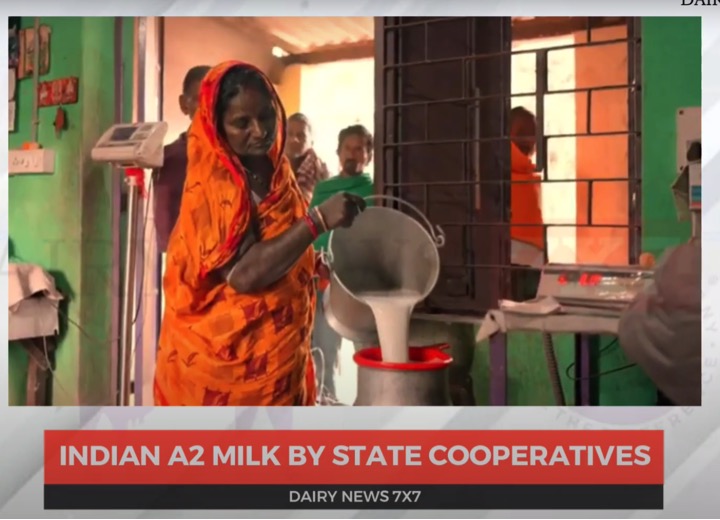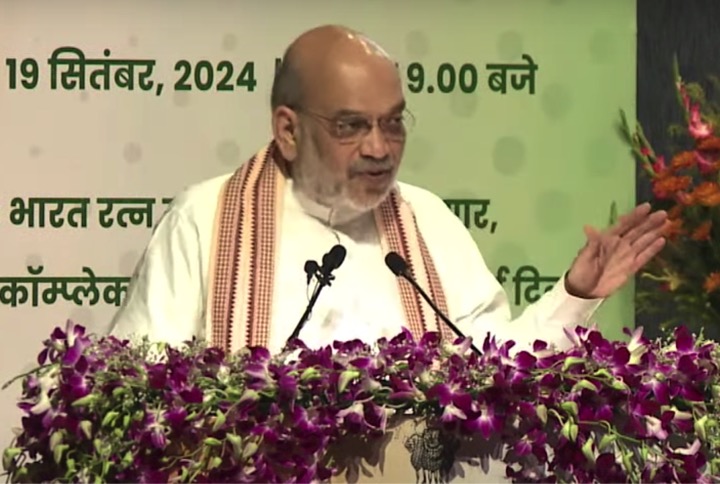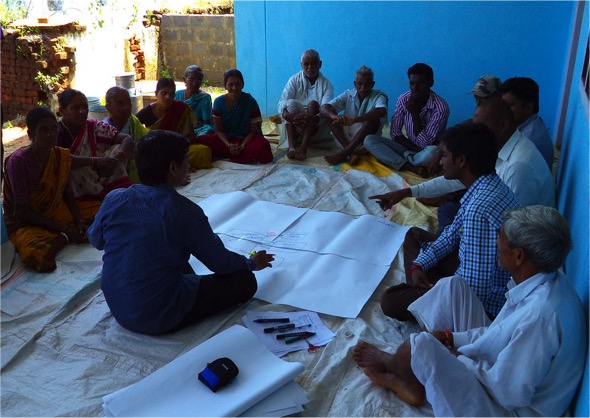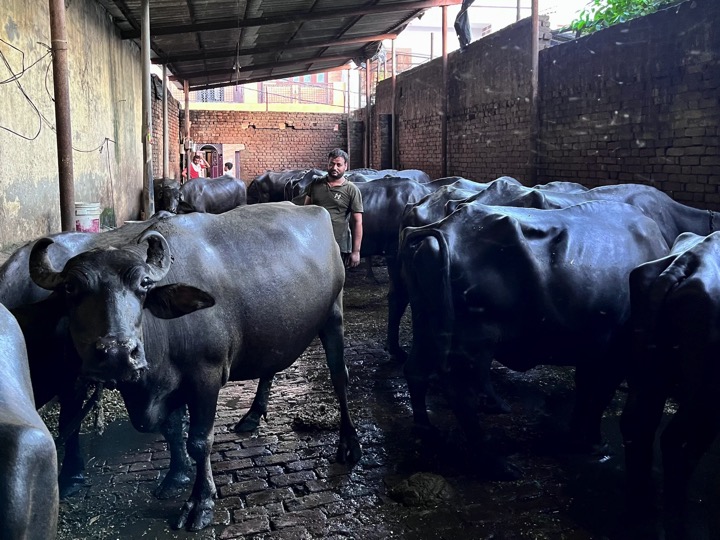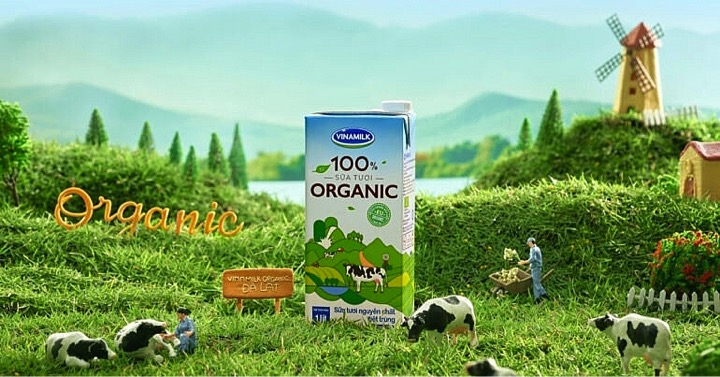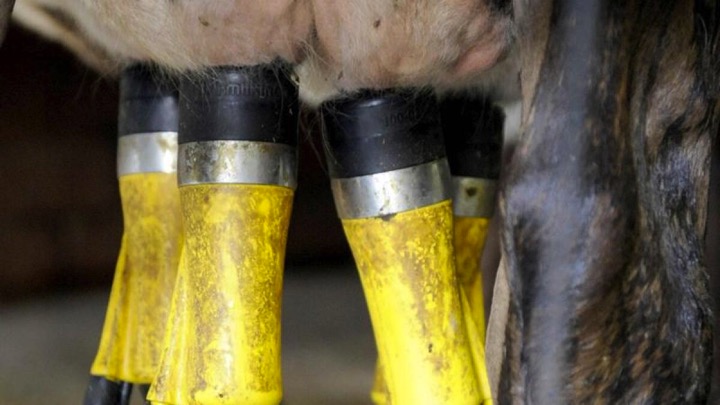In its eighth annual Goalkeepers report released today, the Bill & Melinda Gates Foundation urged world leaders to increase global health spending where it is most needed to improve children’s health and nutrition, especially in light of the global climate crisis.
The Goalkeepers report, titled “A Race to Nourish a Warming World,” projects that without immediate global action, climate change will condemn an additional 40 million children to stunting and 28 million more to wasting between 2024 and 2050. However, scaling up solutions now can prevent this outcome, build resilience to climate change, and stimulate much-needed economic growth.
In 2023, the World Health Organization estimated that 148 million children experienced stunting—a condition where children don’t grow to their full potential mentally or physically—and 45 million children experienced wasting, where children become weak and emaciated, putting them at greater risk of developmental delays and death. These are the most severe and irreversible forms of chronic and acute malnutrition.
At the same time, as global challenges intensify, the share of foreign aid going to Africa has decreased. In 2010, 40% of foreign aid went to African countries, but that number has now dropped to just 25%, the lowest percentage in 20 years,despite more than half of all child deaths occurring in sub-Saharan Africa. This trend leaves hundreds of millions of children at serious risk of dying or suffering from preventable diseases and threatens the unprecedented progress made in global health across Africa between 2000 and 2020.
“Today, the world is contending with more challenges than at any point in my adult life: inflation, debt, and new wars. Unfortunately, aid isn’t keeping pace with these needs, particularly in the places that need it most,” writes Bill Gates, co-chair of the Bill & Melinda Gates Foundation and author of the report. “I believe we can give global health a second act even in a world where competing challenges require governments to stretch their budgets.”
According to Gates, malnutrition is “the world’s worst child health crisis,” and climate change is exacerbating the situation. Amidst this crisis, Gates calls for maintaining global health funding, addressing the growing threat of child malnutrition by supporting the Child Nutrition Fund (a new platform that coordinates donor financing for nutrition), and ensuring governments fully fund institutions that have proven effective at saving millions of lives each year.
“If we do these three things, we won’t just usher in a new global health boom and save millions of lives, we’ll also prove that humanity can still rise to meet our greatest challenges,” Gates writes.
The report also emphasizes the catastrophic economic costs of malnutrition and highlights solutions to mitigate them. According to the World Bank, undernutrition costs US$3 trillion in productivity losses each year, as malnutrition stunts people’s physical and cognitive abilities. In low-income countries, these losses range from 3% to 16% (or more) of GDP, equivalent to a permanent 2008-level global recession every year.
“The best way to fight the impacts of climate change is by investing in nutrition… Malnutrition makes every forward step our species wants to take heavier and harder,” Gates writes.
“But the inverse is also true. If we solve malnutrition, we make it easier to solve every other problem. We solve extreme poverty. Vaccines become more effective, and deadly diseases like malaria and pneumonia become far less fatal.”
The report highlights proven tools that are addressing malnutrition, building resilience to climate change, and reducing childhood deaths.
These include new agricultural technologies producing two to three times more milk and safer milk, which can prevent millions of cases of child stunting by 2050. Modeling shows that in India, Ethiopia, Kenya, Nigeria, and Tanzania, these technologies can prevent 109 million cases of child stunting by 2050.
Efforts to scale up new methods of fortifying pantry staples, such as salt and bouillon cubes, can reduce millions of cases of anemia and prevent deaths due to neural tube defects.
In Ethiopia, a new process to fortify salt with iodine and folic acid could lead to a 4% reduction in anemia and eliminate up to 75% of all deaths and stillbirths caused by neural tube defects.
In Nigeria, fortifying bouillon cubes with iron, folic acid, zinc, and vitamin B12 could avert up to 16.6 million cases of anemia and up to 11,000 deaths from neural tube defects.
Providing high-quality prenatal vitamins for pregnant women could save almost half a million lives and improve birth outcomes for 25 million babies by 2040. Adopting multiple micronutrient supplements (MMS) costs as little as $2.60 for an entire pregnancy in all low- and middle-income countries.
The report also explores how promising new research into the microbiome can improve people’s health. Studies indicate that better gut health can help children absorb nutrients, develop strong immune systems, and grow properly. A deeper understanding of gut health, Gates writes, could change how the world treats malnutrition and overnutrition, which affects wealthier countries.
This year’s report also includes essays from farmers and experts on the frontlines of the malnutrition crisis, sharing the impact these tools have made in their communities.
Sushama Das, a dairy farmer in Astaranga, Odisha, India, writes about the Livestock Enhancement and Advancement Programme:
“Today, we have eight cows producing 60 liters of milk every day… The subsidies and training schemes have helped our family earn more money, our monthly income is now five times what it used to be.”
Coletta Kemboi, a dairy farmer in Maili Nne, Kenya, who participated in a training with MoreMilk, writes, “Before, there were some traces of unclean milk, but since the training, inspectors have come to our shop around three times, and their tests have proven that our milk is good… The extra money we earn goes to the farm. We can now pay my three children’s school fees.”
Ladidi Bako-Aiyegbusi, Director of Nutrition at the Nigerian Ministry of Health and Social Welfare, who leads a large-scale effort to fortify bouillon cubes, writes, “Without access to the essential nutrients that children under 5 need to grow, thrive, and lead healthy lives, they are being robbed of their future.”


